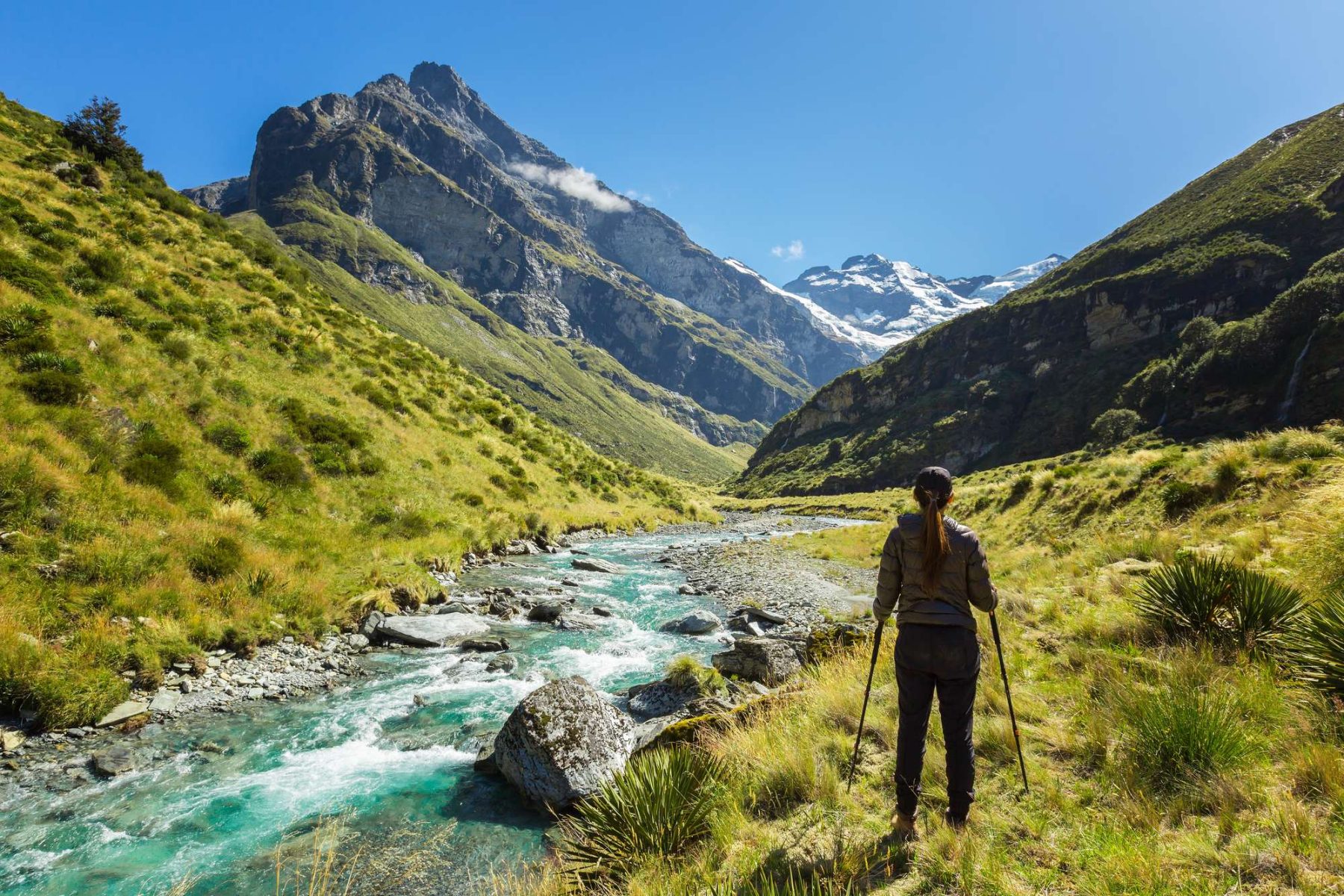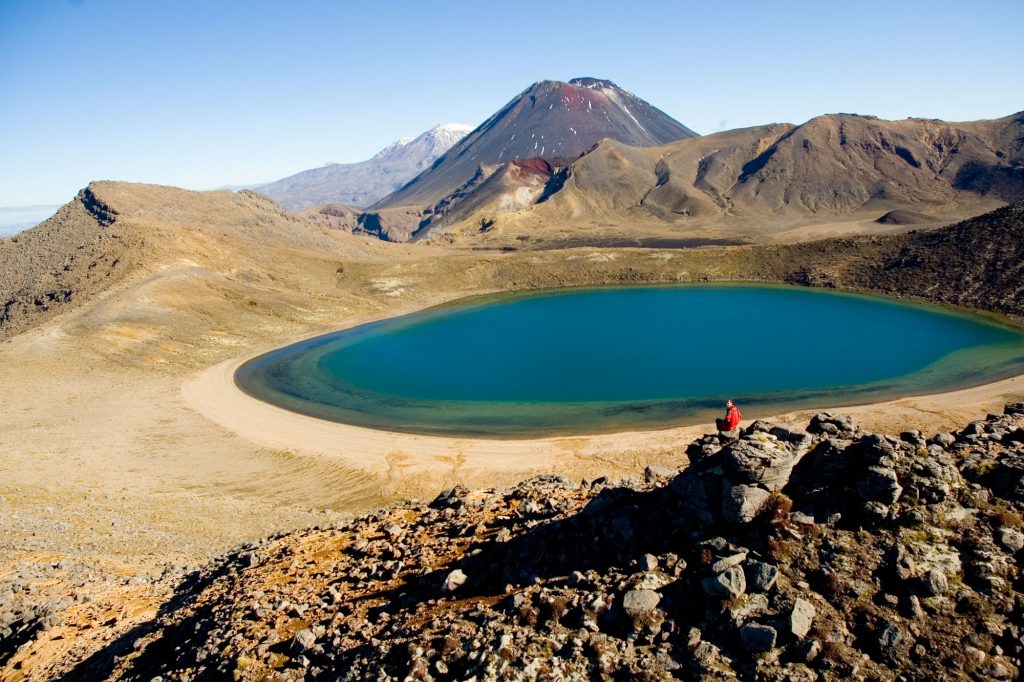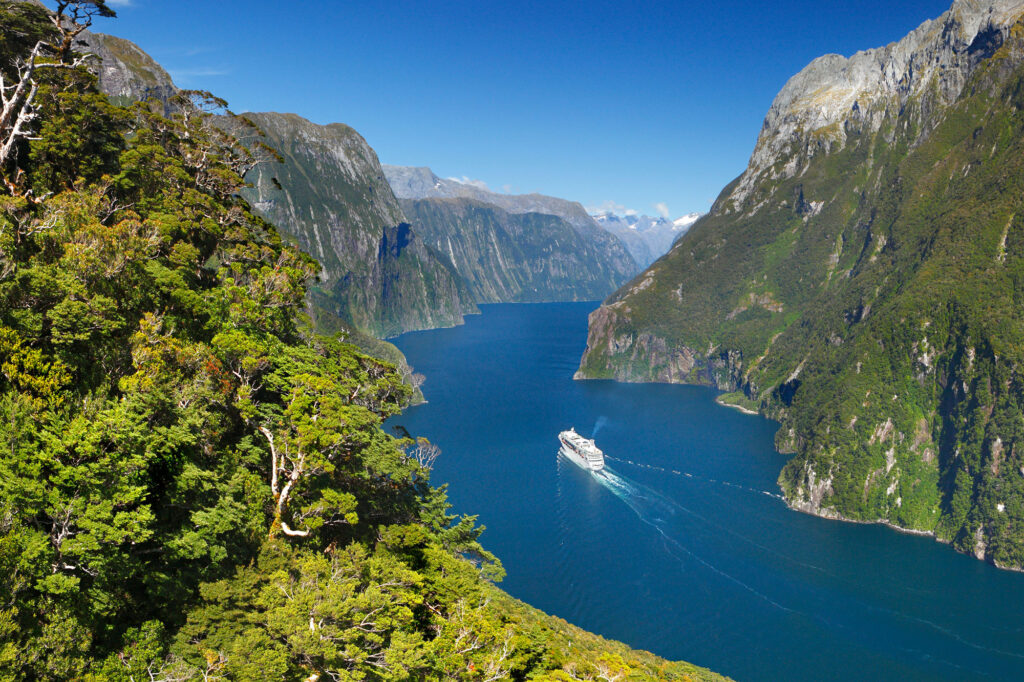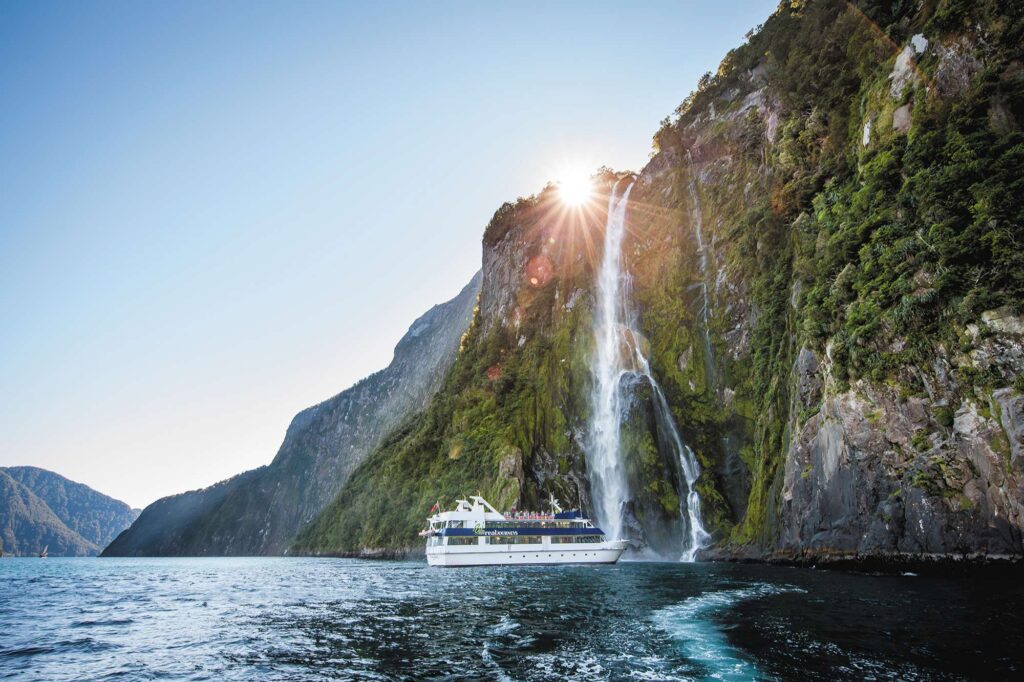
Your Guide to the National Parks of New Zealand
One of the reasons why so many people flock to New Zealand is the landscape. The scenery is nothing short of breathtaking, which is why New Zealand has become home to some of the most spectacular national parks in the world. Encompassing beautiful beaches, stunning mountains and lush forests, there are endless options for exploring and making new memories.
In this guide, we will look at two of the best-known national parks in New Zealand, as well as how you can make the most of your journey.
Where is the Tongariro National Park located?
Located around 330km south of Auckland and 320km north of Wellington, Tongariro National Park spans 786 square kilometres and stretches across the heart of the North Island. It is situated in an area known as the Central Plateau. The park’s volcanic landscape is dominated by three volcanic peaks – Ruahepu, Ngauruhoe, and Tongariro.
Tongariro was the sixth national park established in the world and houses some of New Zealand’s most sacred religious sites from Maori culture, including the summits of Ngauruhoe and Ruapehu. It is a UNESCO site designated for this historic significance, and is famous the world over, perhaps unknowingly, as the site of Mount Doom from the Lord of the Rings trilogy.
There are many activities you can enjoy in the park, from fishing and mountain biking, to horse riding and rafting. There are also ample opportunities for hiking and climbing, with the most popular trail being the Tongariro Alpine Crossing. The crossing itself is part of the Tongariro Northern Circuit which is one of the great walks of New Zealand.

How difficult is the Tongariro Crossing?
With a nickname like ‘The Devil’s Staircase’, you might think the Tongariro Crossing is a tough one. However, it’s actually an achievable one-day hike for people with good levels of fitness. As with any wilderness trek, it’s about planning and awareness of weather conditions. At 19.6km and with an elevation of 766m, the ascent starts from Soda Springs, taking you up to the edge of the South Crater. This runs alongside the original track, the part known as the ‘Devil’s Staircase’, which is not used anymore. The second leg of the hike will take you up to the Red Crater, where you will be able to stop and enjoy the view.
The whole trek takes about seven to nine hours, including rest stops where you can sit back and enjoy the scenery (something you will definitely want to do). If you prefer a shorter walk, there are a few other trails, or you can just do the first section of the Tongariro – there are plenty of options for those short on time or of varying fitness levels.
Can you drive through the Tongariro National Park?
Yes, you can enjoy a very scenic drive through the park. State Highway 47 from Turangi to National Park Village skirts around the park to the east, while the Desert Road follows the western perimeter.
The Volcanic Loop scenic highway is a themed circular route from Auckland, and you can also drive into the park to the Whakapapa ski resort.
How big is Fiordland National Park?
Fiordland National Park is an immense 1.2 million hectare site. It is part of the UNESCO World Heritage Site Te Wahipounamu, which encompasses South West New Zealand, Mount Aspiring, Mount Cook, and Westland, which is around 10% of New Zealand’s total land mass.
How do I get to Fiordland National Park?
The gateway to the park is Te Anau, which you can reach by car or bus. There are also fly-in options from Queenstown.

What are the best outdoor activities in Fiordland National Park?
As the name suggests, Fiordland National Park is known for its beautiful fiords. Carved across the landscape by receding glacial waters thousands of years ago, the fiords are a breathtaking reminder of the majesty of nature. This is why some of the most popular activities in the park are water based.
Kayaking or sailing down fiords like Doubtful Sound is the best way to witness the scenery. You can enjoy day or overnight cruises that will take you the length and breadth of this wonderful area ideal for encountering marine wildlife. Another activity the park is renowned for is hiking – and due to the fact the fiords naturally have tall and jagged peaks on either side, there are many trails of varying difficulty including the world renowned multi-day Milford Track.
Another fantastic thing to do is a road trip along the Milford Road from Te Anau to Milford Sound. It is a fantastic scenic drive with many places to stop and take in the landscape. There are nature walks along the way, such as the walk at Lake Gunn. You can also see the Mirror Lakes and Eglinton Valley during the journey. It’s a very popular route, so it’s recommended to leave early or later in the day to avoid the busiest times.
What is Milford Sound famous for?
Milford Sound, known as Piopiotahi in Maori, is the place to go for incredible views of Mitre Peak. You can also witness some beautiful waterfalls and wildlife. Milford Sound also has the honour of being described as the ‘Eighth Wonder of the World’ by author Rudyard Kipling.
Milford Sound is known for being one of the wettest places in the world, with an average of 182 days of rainfall per year. However, this is not a bad thing by any means, as the heavy rainfall quenches the thirst of the land creating the cascading waterfalls and lush green rainforests that make it such a fantastic place to visit.

What animals live in Fiordland National Park?
Fiordland National Park is a hotbed for wildlife, with varying ecosystems supporting all sorts of animals. In fact, this area is an ornithologist’s dreamscape, with some of the most unique bird-watching opportunities on the planet; you can see kea, mischievous mountain parrots as well as tui and fantails while a number of protected species like kaka and takahe can be seen at conservation sites. You can also find marine mammals in the park including Fiordland crested penguins, fur seals and bottlenose dolphins.
Fiordland was once the home of the endangered kakapo, the world’s only flightless parrot. However, these endearing birds have now been moved to Codfish Island in Southland away from any potential predators.
If you are looking to witness New Zealand at its most beautiful, the national parks are a wonderful place to start. Browse our New Zealand holidays to learn more about our trips, or contact a Travel Specialist today on 01737 214 250.



 Instagram
Instagram
 Facebook
Facebook
 YouTube
YouTube